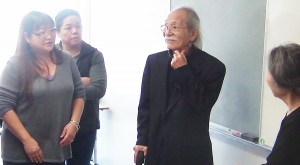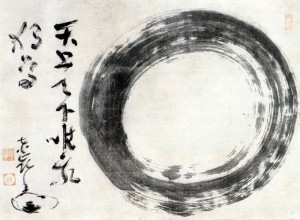Psychology tells us that there are four stages of competence when it comes to learning. The four stages:1. Unconscious incompetence 2. Conscious incompetence 3. Conscious competence 4. Unconscious competence
Thinking one is better than they are is the road to defeat. In psychology when someone has the illusion that they are better than they are, it is called the Dunning-Kruger effect. The Dunning-Kruger effect states that incompetent people will:
Fail to recognize their own lack of skill. Fail to recognize genuine skill in others. Fail to recognize the extremity of their inadequacy.
As a martial artist, our greatest enemy is our ego. It is the one thing that all teachers try to suppress in their students. Teachers cannot squash the ego entirely, they can only suppress it. In the past, teachers felt that the only way to suppress the egos of their students was with extreme techniques that were sometimes harsh. At a certain point in the students tenure, the teacher starts to nitpick them and chide them about every little detail. Sensei said it was like, "The rings on a tree. The closer to the center, the tighter they become." From what I understand, this strictness was to suppress the ego of the student and at this point the teacher is never satisfied and as far as the student is concerned, everything is "wrong." This idea that they are "wrong" will drive them to be better and thus suppress their ego until the ego is no longer a factor.
A Zen priest once told me that when a new initiate joins temple the senior monks are especially harsh and critical on him regardless if he is good or if he needs it or not. He told me that it was for their benefit to make them into good priests. I asked him, "Doesn't that make them quit?" He said, "Yes, but it is the only way to prepare them." I asked, "Doesn't that create hard feelings?" He answered, "Sometimes, but you can't control that. They will come to understand or not in time, but that is still up to them." To them, true learning can only be achieved with humility and that the ego is the biggest stumbling block to success.
The ego exists to protect us. It saves us from pain and embarrassment. Everyone has an ego, but it's in how we control that ego that matters. The teacher only hopes that when the ego finally rears its head after being suppressed, the student no longer needs it. The road to success is paved with humility. Student should do their best to stay humble and not overestimate themselves. This delusion only leads to defeat.







![kung-hei-fat-choi[1]](http://static1.squarespace.com/static/5744da899f7266e1f35c57f4/58f6512e85c5bd14e6486cce/58f651db85c5bd14e6487c49/1492537819215/kung-hei-fat-choi1-300x198.png?format=original)


